Each time we need to launder something, we face exactly the same problem. How to read those pictures on the labels?!
Except for the several most recognizable ones, these pictograms are mostly not known by common users.
If this is what you bother about, too, today we will explain the meanings of the basic laundry symbols.
Why to Use Those Symbols At All?
Indeed, some people wonder why not just write the care requirements on the labels instead. However, it might cause many problems!
Just imagine how many nations live on our planet, and each has its own unique language. If the clothes manufacturers wrote the maintenance guides in words, the care tags would look like medieval manuscript scrolls!
Instead, the language of pictograms was chosen since the pictograms and shapes it uses are recognized and well-known all over the world (well, except for some really wild tribes but they hardly use laundry devices!).
But this is not the only reason why pictograms are printed on the care tags of our garments.
These small pieces of cloth attached to our apparel tell us how to maintain a certain item properly so that it would serve us to its longest.
Have you ever washed the silk blouse so that it came out of the barrel shrunk or covered with the balls of fuzz? Or, maybe, your woolen sweater was once ruined and turned a doll-size because you accidentally laundered it under the incorrect conditions?
We can ruin our garments accidentally without even willing that only because we are too lazy to wash each item separately according to its care requirements, or because we think that nothing will happen if we launder it at forty degrees instead of thirty.
However, the truth is that each fabric has its specific care requirements following which will guarantee its long life.
And this if what those pictograms are used for.
Pictograms For Laundering
Laundering apparel at the correct heat regime and cycle will guarantee that we will receive the clothing out of the barrel looking the same as when we put them there to launder.
Before tossing the wear into the barrel, take a look at the tag. The shape of the washtub will explain how to launder the wear or not to launder it at all if that’s the requirement.
Normally, the washtub is marked with a certain Celsius degree meaning at what temperature the clothing must be laundered. Rarely we can see dots instead of the ordinary degree marking.
If that’s the situation, don’t stress. It is quite easy to memorize what those dots mean.
- One point shows that the wear is supposed to be laundered at 30 C/86 F
- Two points show that the required heat regime for laundering is warm (40 C and 104 F)
- And finally, three points show that the wear is supposed to be laundered at 50C and 122 F
- Four points are equal to 60 C and 140 F
- Five dots mean that the laundry must be done at no less than 70 C or 158F
- Finally, six dots mean the hottest temperature for washing garments which is 95 C or 203 F respectively
There may also be lines under the picture of the washtub.
These show the cycle that must be chosen for a certain laundry.
- One line is for permanent press
- Two lines, on the contrary, indicate that the gentle cycle is required for this type of garments
No lines at all? Choose yourself which of the previous types of the cycle to go for.
What if the washtub pictogram depicts a submerged man’s hand?
Well, that’s pretty easy! it only depicts that this wear must be manually laundered.
- If the care tag has a twisted cloth (it may also remind you of hard candy!), it indicates that this apparel must not be wrung.
- A washtub crossed with two diagonal lines depicts that this apparel must not be washed at all. Perhaps another way of care will suit it better.
Make sure you take those indicators into account since laundering garments at an improper temperature regime will most likely ruin them or at least significantly decrease their quality and make them look worse.
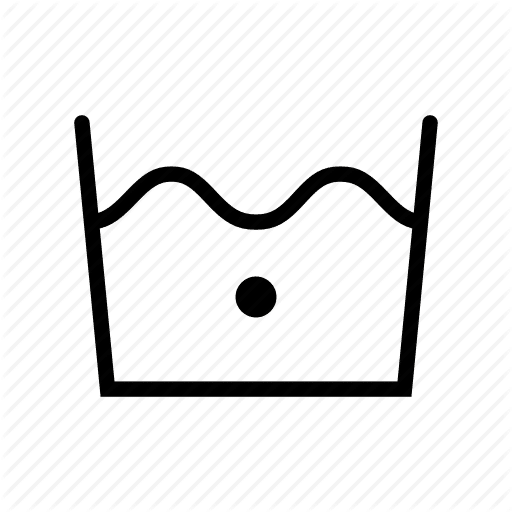
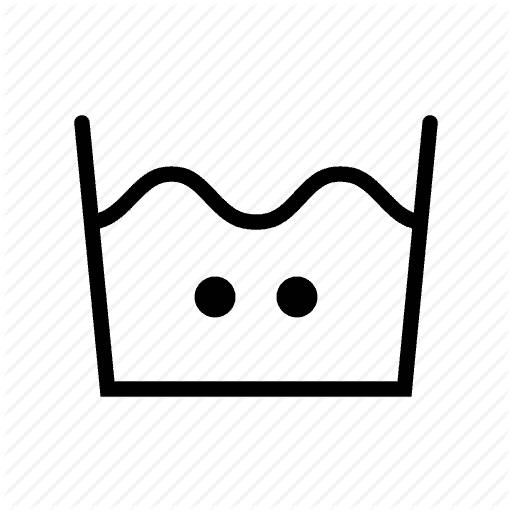

It is wiser to spend a couple of seconds examining the care tag rather than spending money (and much more time) on repairing the clothing after the wrongly done laundry.
Pictograms That Mean Bleaching Requirements
Not every clothing has bleaching symbols simply because not all the clothes can be exposed to these products safely. However, if garments’ care tags have triangular pictograms, it depicts that bleaching is allowed. You only need to figure out how exactly it must be done correctly.

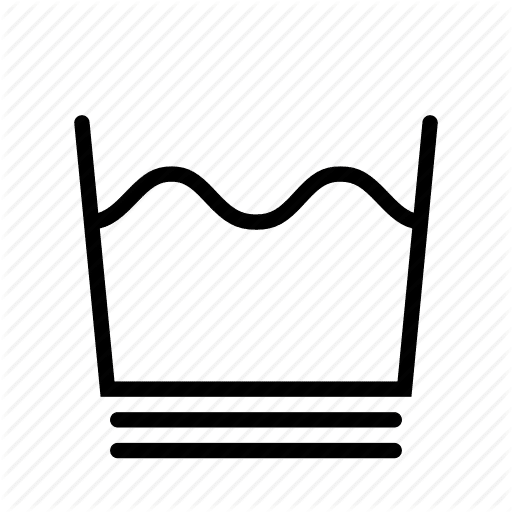
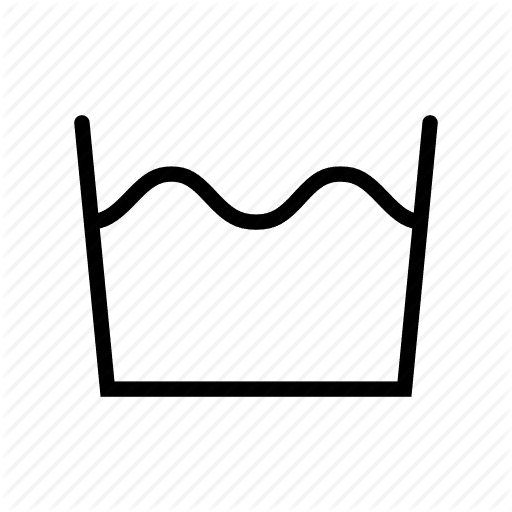
- A white or black color triangular crossed with two X-like lines indicates that bleaching is forbidden
- White triangular shows that both chlorine and non-chlorine whitening products can be used on this item
- A white triangular with CL letters inside explains that only chlorine-based products can be used for this apparel
- A triangular with two slanted lines depicts that a non-chlorine or oxygen-based whitening product can only be applied to this garment when needed
- If your garment has no pictograms but it states the written warning like “No chlorine bleach”, feel free to still apply the oxygen-based product on any fabric except for wool, leather, and silk.

Since bleaching, when done improperly, can easily ruin your apparel, be careful before using this cleansing method, and always take a look at the care label first!
Drying Instructions Pictograms
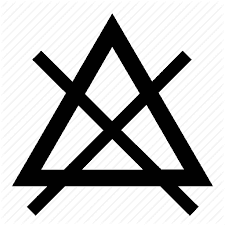

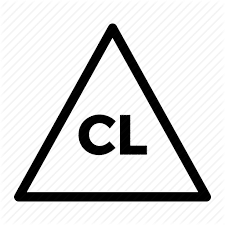

We bet that most of us think that drying isn’t that fussy as laundering the garments. However, excessive exposure of dry air can ruin our garments the same easily as a wrong wash would do it!
Some fabrics, for instance, can shrink dramatically when being dried at the too high heat.
So, if you don’t want to have all the woolen clothing turn into the doll clothes, we would recommend paying attention to the care tag’s respective pictograms.

A circle in the quadrate depicts that tumble drying is required. If one point can be seen inside of the circle, tumble dry at the low heat regime.

Two dots depict the normal cycle and settings whereas three indicate the hot dring regime.

A crossed sign depicts that the wear must not be exposed to the dry air.
However, except for the pictograms regarding the machine drying, several more exist that show various ways of natural drying.
- Three vertical lines in a quadrate show that the clothing needs to be drip-dried. Just hang it and let the excess liquid drip off.
- A quadrate with the curved line on its upper side indicates that such apparels have to be line-dried.
- If the care tag shows two slanted lines in the corner of the quadrate, be sure that the apparel must be dried in a shady place away from bright sunlight.
- If the square mark on the care tag has a horizontal line inside, such a pictogram depicts that apparel must be flat dry to protect it from any stretching.
- And again, if the square has horizontal lines underneath, it shows what type of cycle is supposed to be used in each particular situation. One line is for the permanent cycle, two lines for the gentle cycle, and no lines show that any tumble drying cycle can be chosen.

It may indeed seem a bit complicated to memorize all those symbols but believe us, it is better to spend some time on it once and be always sure that you care about the clothing properly rather than taking a risk each time you load the laundry barrel.
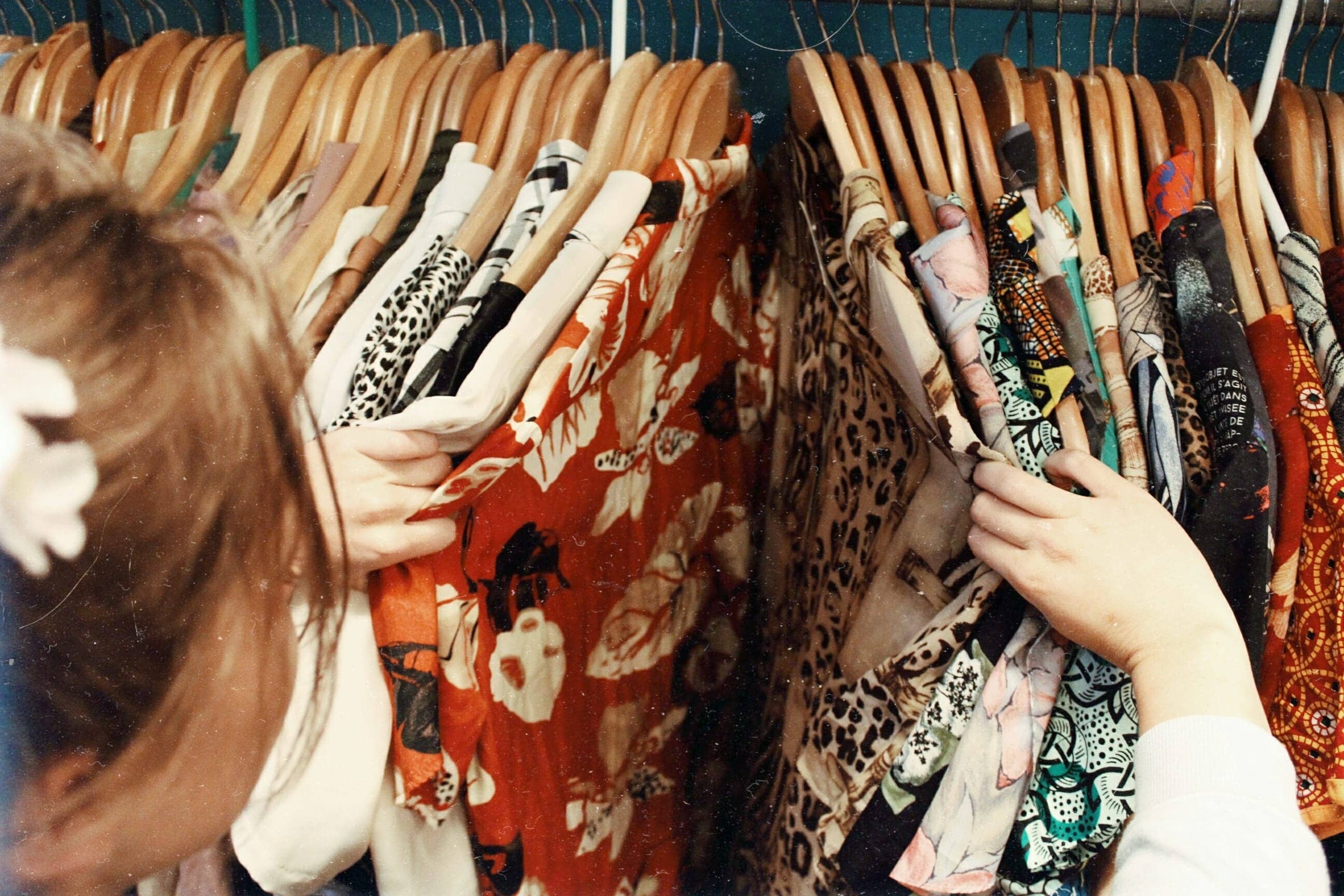
Ironing Hints
When it comes to ironing, we must be especially careful! Burning our clothes just because we used the wrong heat setting – that would be disappointing! Besides, if wrongly washed garments in most cases can be restored, it is pretty hard or even impossible to do it with the items ruined by the wrong ironing.
To protect the apparel from being burnt, we advise you to memorize several handy symbols (they have an iron shape, by the way) that can be found on any item!
- If the iron has an X mark inside, it depicts that this apparel is not supposed to be ironed
- The number of points on the iron shows what regime of heat to choose. One point is meant for the low heat regime (delicate fabrics like silk, wool, etc.), two are equal to the medium heat regime (plant fiber, textile, etc.), and three show that the wear is supposed to be ironed at high temperature.
- If a steam pictogram is depicted and it’s crossed, don’t use steaming while working on this item




And remember that certain delicate fabrics are better to be ironed through the special protective ironing cloth to prevent even the slightest damage.

Dry Cleaning Instructions In Symbols
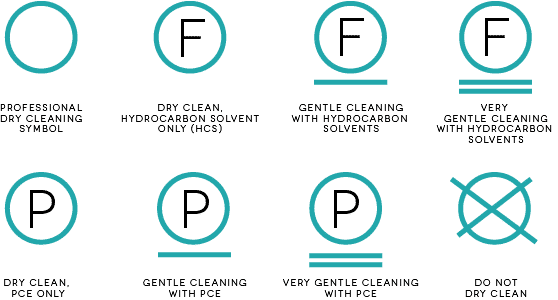
Not every clothing can stand laundering and that is a known fact. For those apparels that are in need of special care conditions, dry cleaning would be the optimal variant.
Professional cleaning that uses chemicals also has specific pictograms indicated on the tag, and we strongly advise you to memorize them by heart.
- A circlet with F inside depicts that the wear is supposed to be dry cleaned with the hydrocarbon product only. If there is a horizontal line underneath, it shows that gentle cleaning is required.
- Two lines indicate that very gentle dry cleaning is needed.
- If the care tag shows a circlet with P inside, it explains that only the PCE product can be applied. And again, one horizontal line will indicate that a gentle clean is needed whereas two lines will mean that an extremely gentle cleaning is a must.
- A crossed circle can be understood so that no dry cleaning is allowed for this kind of item.
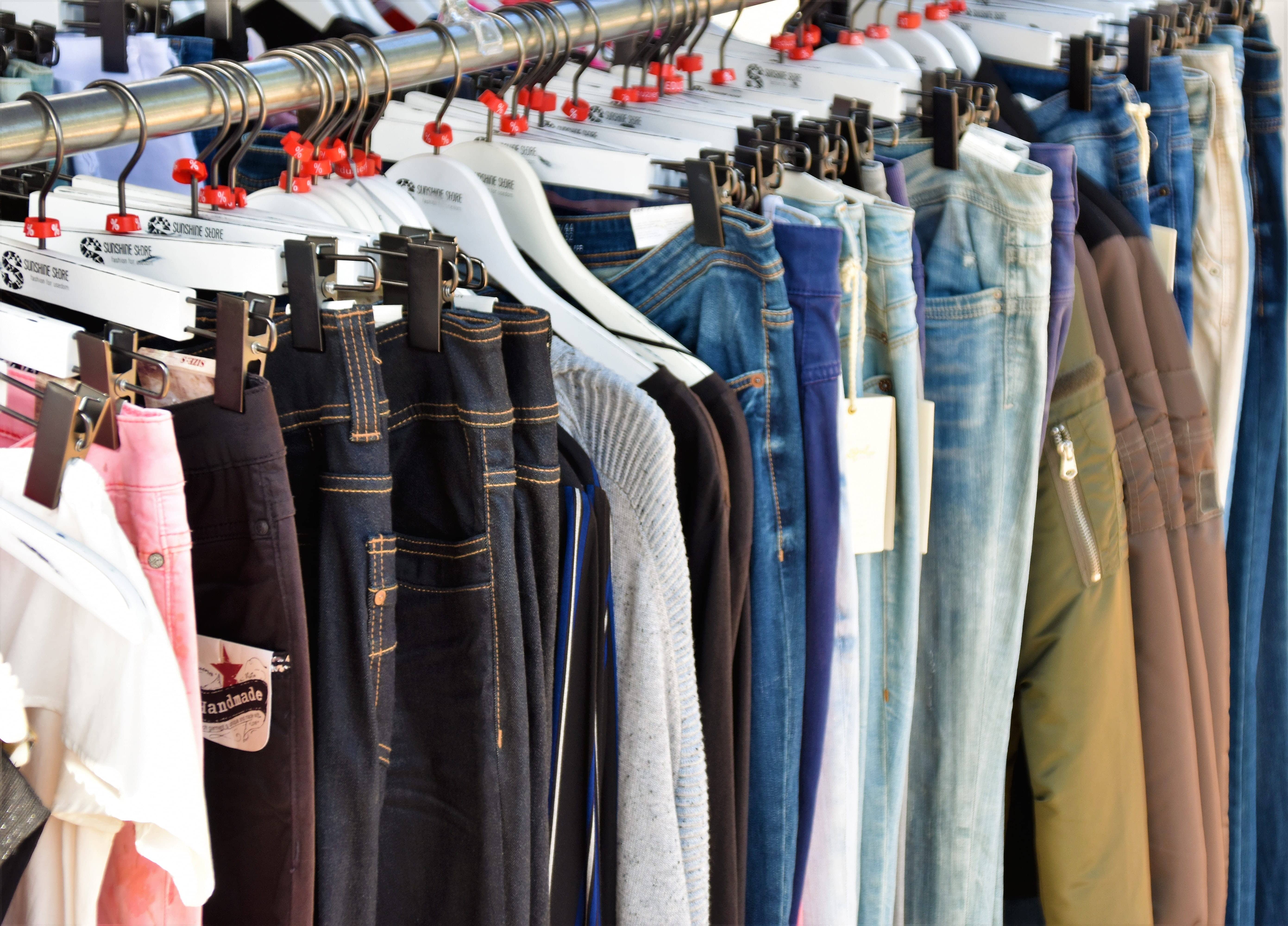
Laundry Pictograms For Different Types Of Fabric
Have you ever wanted to have a list of laundry pictograms that would explain how to deal with a certain fabric?
That would be so much easier, right?!
That is why we decided to make a brief chart for everyone who feels lost among all these care label signs to make your laundry chores simpler!
[table id=22 /]
[wp-faq-schema title=”Frequently Asked Questions”]
Of course, memorizing all these symbols at once may seem a bit hard to do, and, probably, it will take some time until you learn them all by heart.
However, It is worth spending time on that instead of carelessly laundering our garments hoping each time that this particular laundry will not ruin anything.
Be reasonable when taking care of your garments and take care!

Is there a laundry symbol for no fabric softener? I’m not good at those pictograms so I don’t even know the basic ones. Can anyone help me, please? Thanks.
As far as I know, there is a symbol that means “avoid fabric softener” but I don’t know how it looks. on the washing machines, fabric softener is depicted with a flower. Maybe, you should look for this one?
Hi! I need help from someone experienced. How do you read laundry symbols? I mean, what are they for?
Hey there! What planet are you from? Ok, that’s the joke, nothing personal! Well, basically, those pictograms show at what conditions certain wear needs to be laundered. I mean the temperature, cycle, drying requirements, etc.
What is the symbol for the line dry? I have bought a blouse that is made of silk and I guess it must be line-dried but I don’t know how this sign looks.
Line dry pictogram shows a quadrate with a curved line at its upper side. Looks like the envelope a bit.
What does P with circle mean? Some of my clothes have this symbol. Does anyone know? Thanks!
That’s the dry cleaning pictogram, I have a lot of clothes with it, too.
Hi! Could you please, help me to deal with the ironing signs? What do ironing symbols mean? I mean all those dots, etc. Thanks!
Hey there! Dots show at what temperature you shall iron certain kinds of fabric. If you look at your iron wheel, you will definitely see the same markings.
What are the symbols on clothing? I never paid attention to them. Could you give me a brief guide, please?
Well, a brief guide will take like a whole article to write about this topic! Generally speaking, those symbols explain how each clothing must be taken care of. How to wash it, how to iron, dry, etc.
What does a circle with AP in it mean for laundry? Did you meet this sign before? Thanks!
I met those with A and with P separately. A means that any dry cleaning solvent can be used whereas P forbids trichloroethylene solvents.
Who invented laundry symbols and their meanings? I’ve always been wondering when people started using the for the very first time.
As far as I remember, the care symbols that we use today were created and approved around the 1950s by the Home Laundering Consultative Council and the British Standard Institute. It happened in Britain, as you could already guess.
Are laundry symbols that are used in Europe the same as those used in the USA?
I’m not quite sure but I guess that the pictograms are the same. It’s just that the markings may vary, e.g. in Europe, they indicate the level of heat needed for ironing with dots, but I was told that in the USA dots are not used. But on the other hand, when we lived in America, I noticed that they indicate the water temperature needed for washing with dots whilst Europeans write the degrees in numbers.
What laundry symbols for ironing mean that you can’t iron the item at all?
It’s a crossed iron. That’s the only symbol that means an item must not be ironed.
Hello everyone. We are going to move to Canada for a couple of years. And I have recently realised that I don’t know what laundry symbols are used in Canada. Do they differ from those we use in the USA?
Hi! As far as I know, Canadian laundry symbols are the same. What I want to say is that these pictograms are universal and are the same worldwide in any country. So I don’t think you will have problems with reading them when you’re there!
Are there any specific laundry symbols for a tumble dryer? I’ve never needed them before since we had no dryer, but since now we have the tumble dryer, I wonder what symbols are used for it. Thanks!
A laundry symbol of a tumble dryer shows a quadrate with a circle inside of it. If it’s crossed, it means that the item must not be tumbled.
Need your help. What does the key symbol mean on a washing machine display? I accidentally pressed something today (perhaps, one of the random buttons on a panel) when laundering, and this symbol appeared on the screen. What’s that?
Well, in my machine, it’s an indicator of a child’s lock. It means that, after you load the barrel and close the door, it gets blocked so that a kid won’t be able to open it unless you switch this setting off yourself.